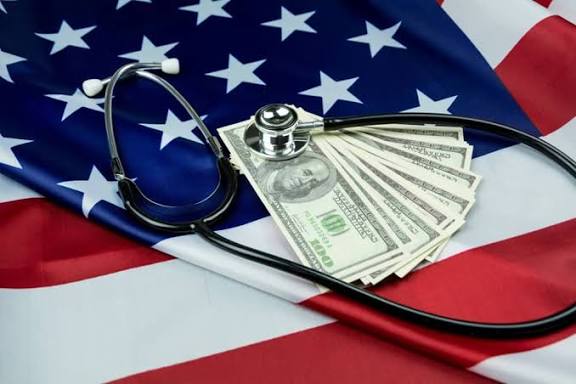Skyrocketing Healthcare Costs Hit Millions of Americans Amid Political Stalemate
Millions of Americans are confronting an imminent and significant spike in their healthcare insurance costs, a crisis unfolding against the backdrop of a prolonged federal government shutdown. This financial strain, driven by a confluence of factors including advanced medical technologies, labor costs, and the potential expiration of crucial federal subsidies, is set to redefine affordability for families nationwide.
For many, the jump in premiums is not a distant threat but an immediate reality. Some individuals renewing their Affordable Care Act (ACA) plans are already seeing their projected monthly premiums double for the coming year. These increases are forcing a difficult calculus for American households, many of whom are grappling with economic anxieties exacerbated by the ongoing political gridlock in Washington.
A primary driver of this crisis is the looming expiration of the enhanced ACA premium tax credits, which are set to lapse at the end of December 2025. These subsidies have been a lifeline for low-income families, enabling access to affordable, and sometimes zero-dollar premium, health plans. Health policy experts warn that without an extension, an estimated four million people could immediately drop their coverage because they can no longer afford it.
The government shutdown itself is contributing to the uncertainty. While essential programs like Medicare and Medicaid are still operating, administrative delays and the expiration of certain flexibilities, such as expanded telehealth coverage for Medicare beneficiaries, are causing disruptions for both patients and providers. The focus in Washington remains on reopening the government, with a stalemate persisting as President Trump pushes for a unilateral solution and Democrats insist on negotiations that include a “path to fix the health care debacle.”
Beyond the political sphere, the fundamental costs of providing healthcare services are surging. U.S. employer healthcare costs are projected to jump by an average of 9% in 2025, continuing a trend of accelerating expenses. These increases are ultimately passed down to employees through higher premiums, deductibles, and copayments, placing an added burden on the American workforce.
High-cost medications and innovative therapies are a significant factor. The widespread popularity of new, costly drugs, such as Glucagon-like Peptide-1 (GLP-1) medications for weight loss, which can cost around $1,000 per month, is straining insurance plan budgets. Additionally, advanced cell and gene therapies, while offering groundbreaking treatments for conditions like cancer, come with price tags that can reach millions of dollars for a single dose, profoundly impacting overall healthcare spending.
Labor shortages, particularly in the nursing field, also play a role. The burnout experienced by many healthcare workers during the pandemic has led to staffing crises, forcing hospitals and facilities to offer higher wages and bonuses to maintain operations. These increased operational expenses are then incorporated into the rates health insurers must pay for services, creating upward pressure on premiums.
Furthermore, many hospitals are renegotiating contracts with insurance carriers after years of being locked into unfavorable reimbursement rates. These providers are now seeking to recoup pandemic-era losses, demanding higher payments for their services, which in turn leads to higher insurance costs for consumers.
As open enrollment for ACA plans began on November 1st, the stark reality of these price hikes is setting in for millions. Without a resolution to the ongoing political standoff and the underlying systemic cost issues, the financial burden on American families seeking to maintain health coverage is expected to intensify in the coming year.





